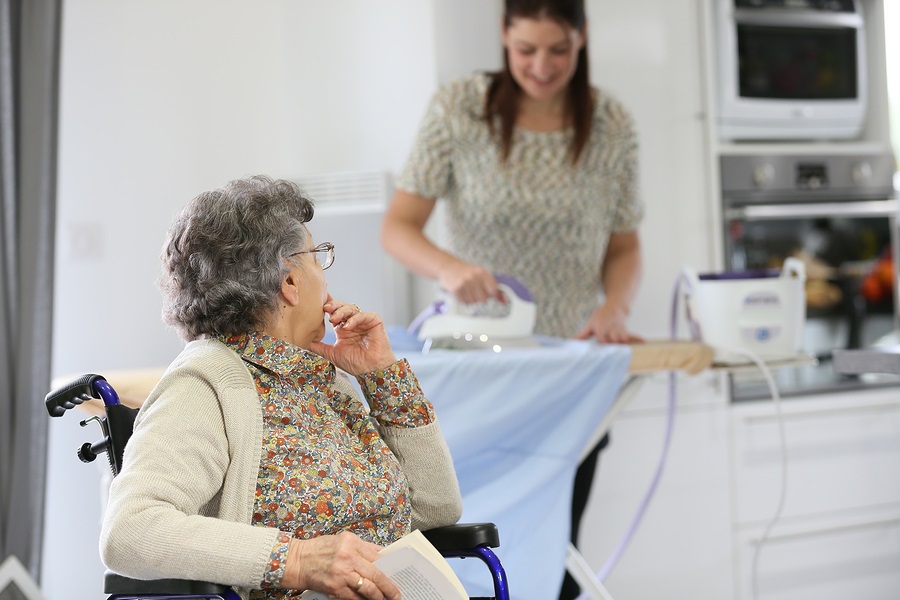Living alone. Having resided with a partner or spouse for upwards of half a century, many older adults can barely fathom it. Yet for many Americans, “alone” is the reality of their “Golden Years,” whether because of death, divorce, or never finding a long-term mate. Even adult children often live far away in our modern society, making it far more difficult to assist their parents during their later years.
One is the loneliest number
So what are the ramifications of seniors living alone? A 2013 study conducted by researchers at University College London found that for both men and women, the combination of loneliness and infrequent interaction with family and friends can shorten a person’s life, independent of other health factors.
Is aging at home really the best option?
While AARP statistics repeatedly show that a huge majority (nearly 90 percent) of seniors age 65 and over want to “age in place” (i.e., stay in their home for as long as possible), as time goes on, the day-to-day realities of living solo make this a more complex proposition. According to Stephen Golant, Professor of Gerontology at the University of Florida and author of the book Aging in the Right Place, “…the concept of aging-in-place has become a mantra in recent years that might prevent older adults from seeking healthier, more holistic alternatives.”
Indeed, for many seniors living alone, and even for many couples, a retirement community setting such as a continuing care retirement community (CCRC, also called a life plan community) may ultimately prove to be a safer and more viable long-term option. Residents of CCRCs can still do all the same things they might do living at home–cooking, having guests over, eating out, exercising, and more–but they also have the peace of mind of knowing that assisted living and healthcare services are available if needed down the road. Unfortunately, for many seniors, a CCRC may not be a financially viable choice, although some CCRCs are government-supported.
>> Related: 3 Reasons Why Aging in Place May Not Be Cheaper
Is it safe for my loved one to live alone?
When considering an aging family member’s living situation, safety is always priority one. But many factors come into play in making the decision to move someone to a new location, be it the home of another family member, a CCRC, or other care facility. Some simple questions to consider:
Is the senior’s current living situation appropriate for their physical needs?
The combination of poor eyesight and reduced mobility can make seemingly minor hazards (like poor lighting or loose carpet) extremely dangerous for seniors, leading to falls, broken hips, or potentially even death. Forty percent of the time, a fall at home leads to a nursing home stay.
Does your loved one require assistance with daily activities of living such as eating, bathing, and dressing?
If day-to-day self-care is becoming a challenge for the senior, it can be an early sign of cognitive impairment (such as dementia or Alzheimer’s). In this case, a CCRC may no longer be an option (since most require incoming residents be mobile and fairly self-sufficient), but there are other choices to consider, such as in-home care or an assisted living facility.
Some other “warning signs” to consider when assessing if your loved one can safely live alone include:
- Forgetting to take medication, or taking it too frequently
- Deteriorating eyesight
- Social isolation
- Forgetting scheduled activities or appointments
- Inability to keep up with daily chores and housekeeping
- Weight loss and/or poor nutrition
- Inability to pay bills on time
>> Related: When to Get On the Wait List at a Retirement Community
Planning for your senior years
It is always best to plan in advance for the unknowns of the future. If you or a loved one lives alone, consider exploring CCRCs or other retirement living options while still able-bodied and high-functioning.
>>Visit the My LifeSite online search tool to explore CCRCs in your area.






